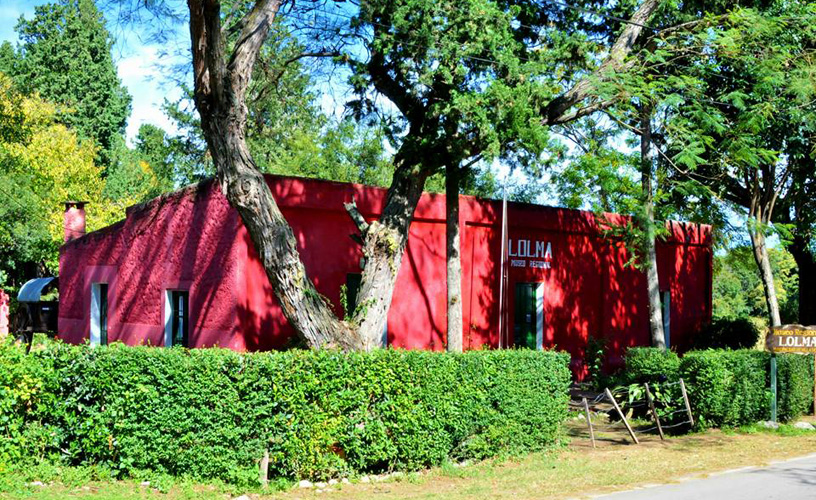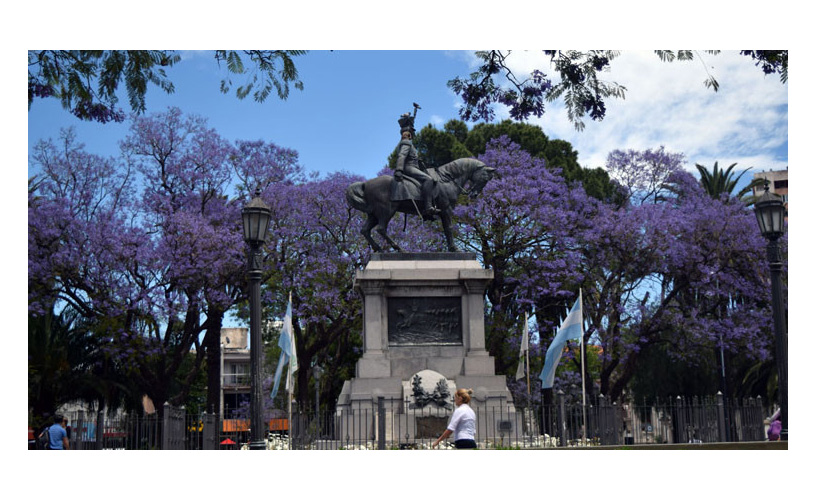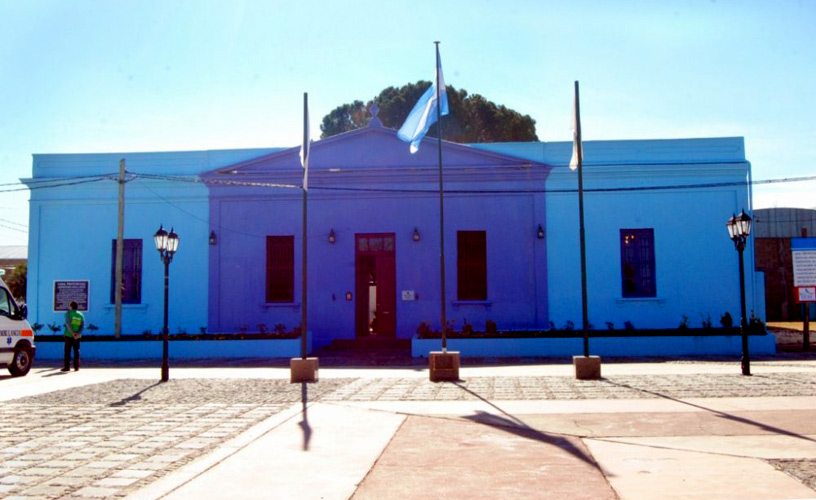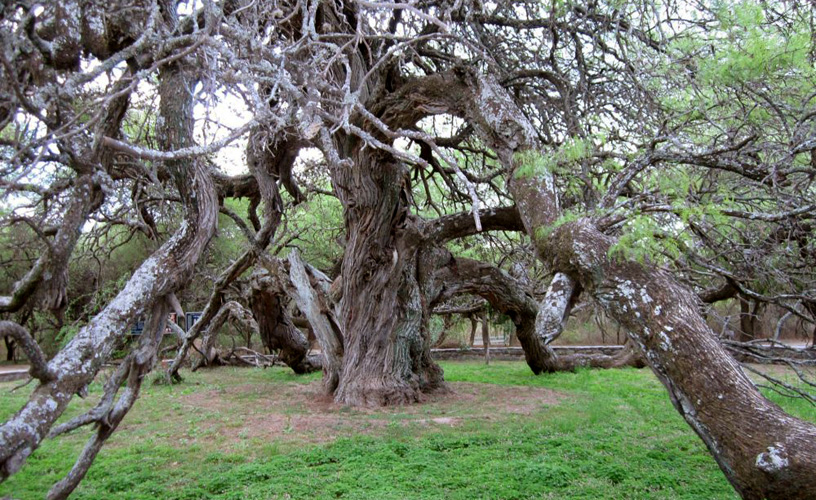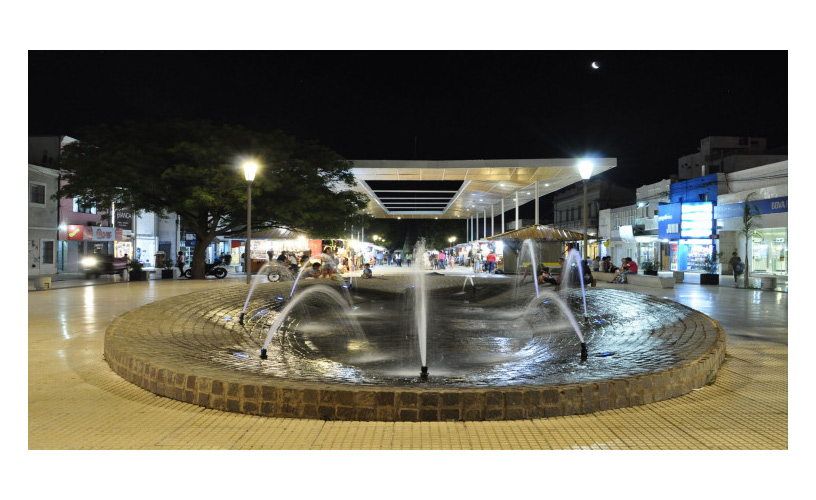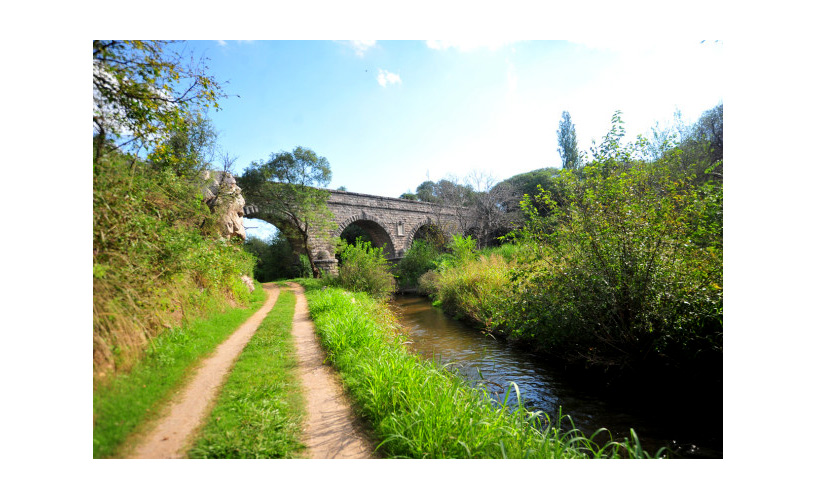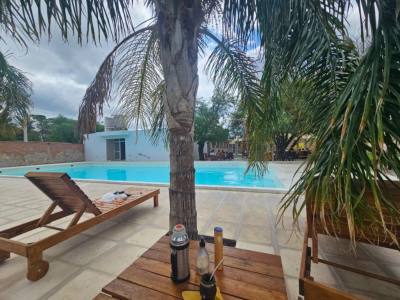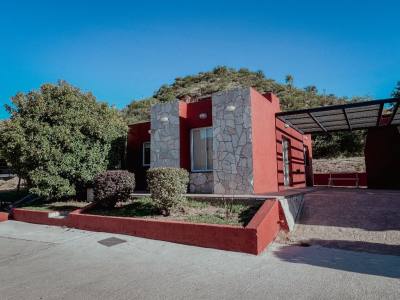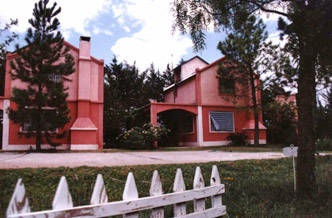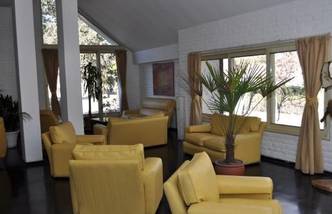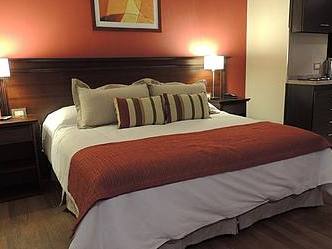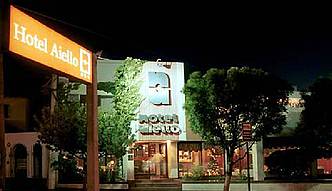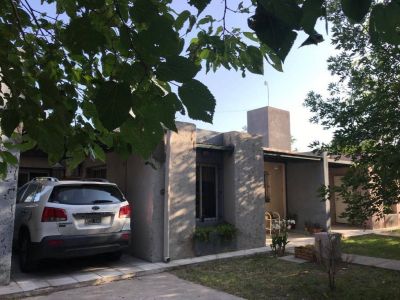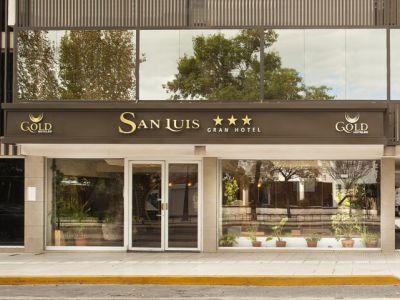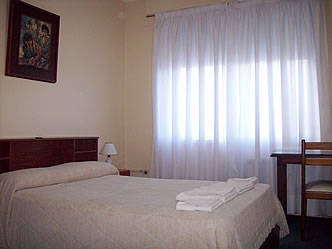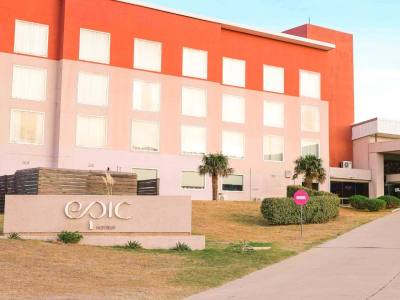We went on the traditional city tour that led us around the most important streets and buildings in the capital of San Luis. A clever way to learn about the history, the idiosyncrasy and the tastes of its people.
Touring around the streets of San Luis implies, among other things, to see a city that mingles a valuable and singular architectural and historical heritage with first-class services that satisfy the most demanding tourists.
Even if the traditional colonial physiognomy is preserved in its large houses and residences, its canopies and sunny yards, it has an eminent progressive and booming spirit that offers attractions, stories and excellent products for visitors to enjoy the richness of the city.
Streets With History
We walked along its wide streets and avenues trying to rediscover the history of the place. As usual, our tour started at the main square, called “Juan Pascual Pringles”, as a tribute to the maximum liberating “puntano” hero in San Luis. The name “puntanos” attributed to the inhabitants of San Luis comes from the location of the city, at the foothills of the San Luis Mountain Range, in an end called “Punta de los Venados” (The Deers' End).
The city was founded by Luis Jofré in August 25, 1594, as a milestone and a stop on the road between Santiago de Chile and Buenos Aires. It was called San Luis de Loyola Nueva Medina de Río Seco, to pay tribute to Saint Louis King of France, don Martín García Oñez de Loyola, General Captain of Chile, and in commemoration of the birthplace of its founder, in Valladolid, Spain.
Opposite the square, between Junín and San Martín Streets, lies the “Juan Crisóstomo Lafinur” National College, built in 1869 and declared cultural heritage. It was built according to a Liberty architectural style, with Art Noveau applications.
On the other side of the square, between Junín and Rivadavia Streets, we could spot the “Paula D. de Bazán” Girl School, built in the late XIXth century. It has spacious yards and an important tree grove inside.
Following along Rivadavia Street, and always opposite the main square, stands the impressive cathedral. The works to build this icon and exceptional architectural neoclassical testimony began in 1883 and ended in 1944. In the outside, the front of the building is dominated by a triangular façade held by six Corinthian columns that represent important moments in the life of Saint Louis King of France, patron saint of the province. Visiting the inside is mandatory.
After touring around the temple, we walked along Colón and Belgrano Street and passed by the present Town Council building. This ancient house conceived by Italian minds was the first two-storey dwelling built in the entire province.
Capital City
The noise of the cars, the traffic lights and the people coming and going reminded us once more that we were in the capital of the province. From Colón Street, we turned into Ayacucho Street up to Rivadavia Street. We walked down along two more blocks up to 9 de Julio Street and visited Independencia Square, ancient main square in the colonial city. Opposite the square, an impressive building caught our attention. It was the House of Government, built in 1913 and displaying historicist façades with plenty of ornaments and large yards.
Finally, on the other side of Independencia Square, we came across the ancient Santo Domingo Convent, built in the last decade of the XVIIIth century. It is considered a national historical monument and, on the other hand, it is the most ancient building in the city. In the outside, an impressive gate made of carob wood stands out.
Thus, we went on the traditional pedestrian city tour around the city. We walked along its wide streets and narrow sidewalks, where intense commercial, financial, cultural and recreational activities dare to play games with the buildings from the early XVIIIth century, making up a synthesis of modern times and tradition. We invite you to go on the same tour.
Marcelo Sola
Gentileza Turismo.sanluis.gov.ar
